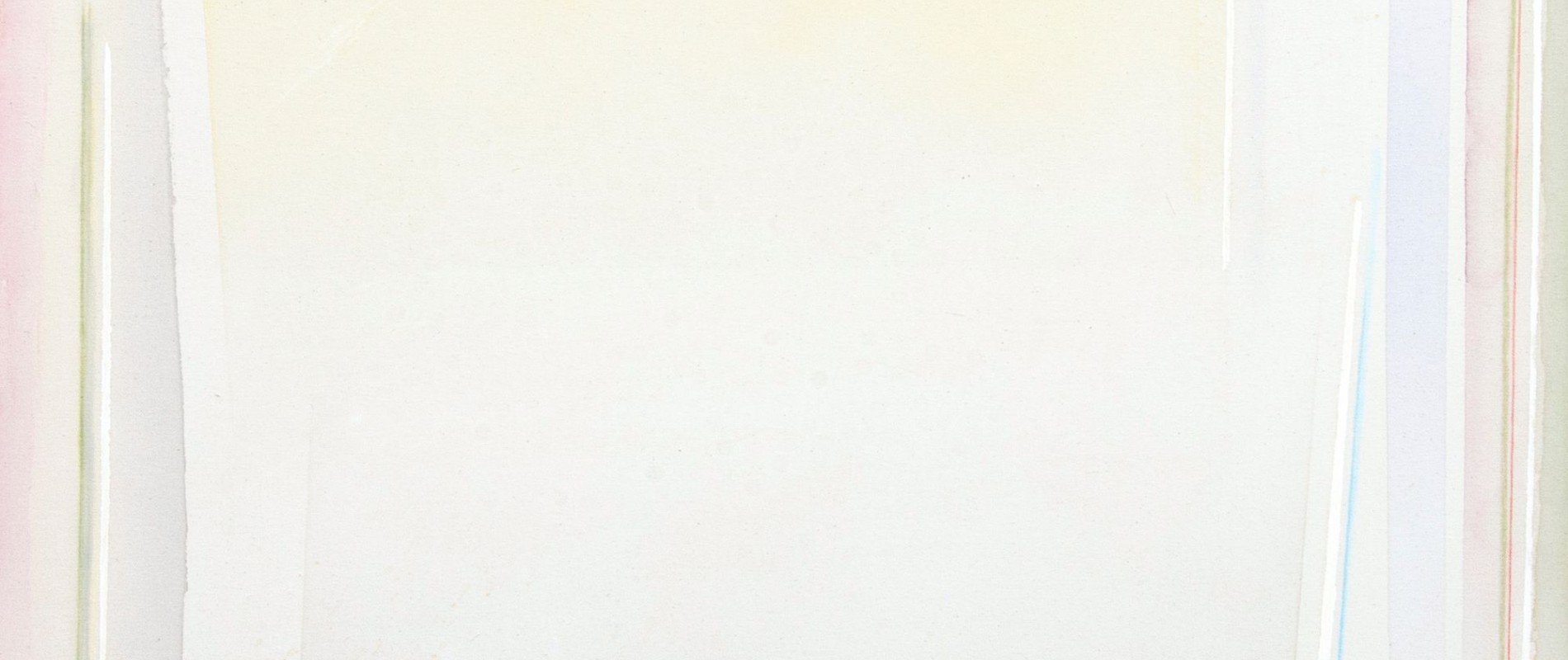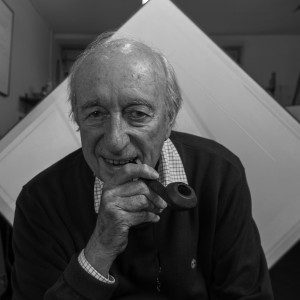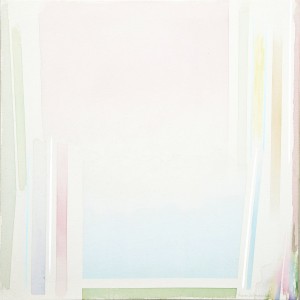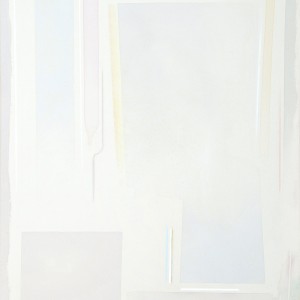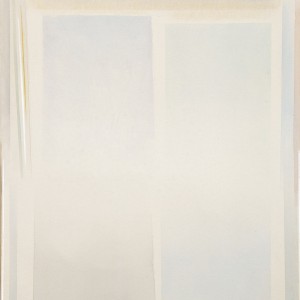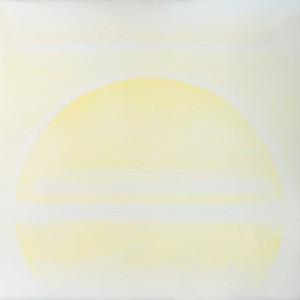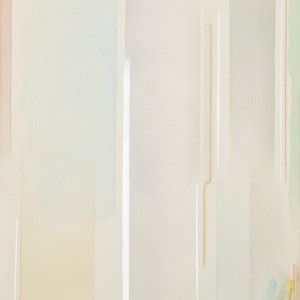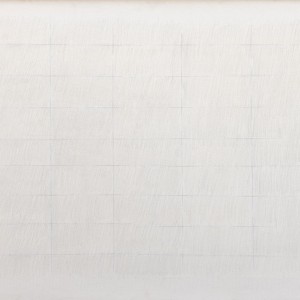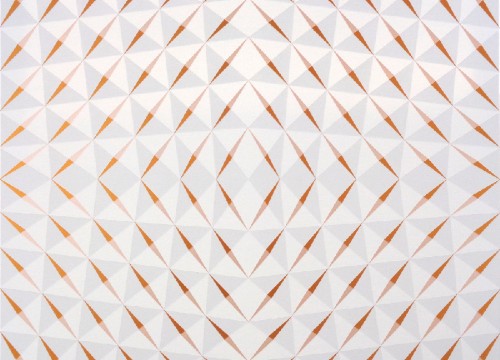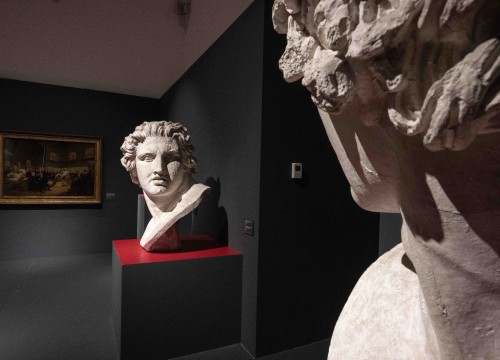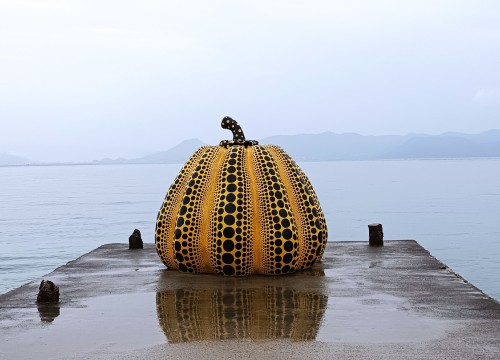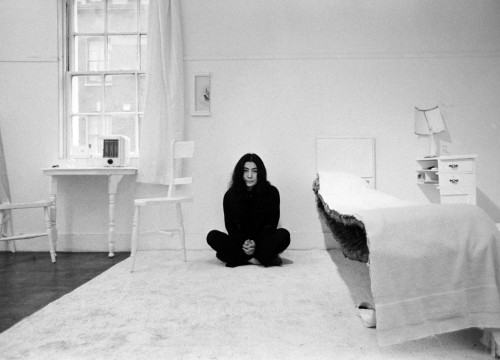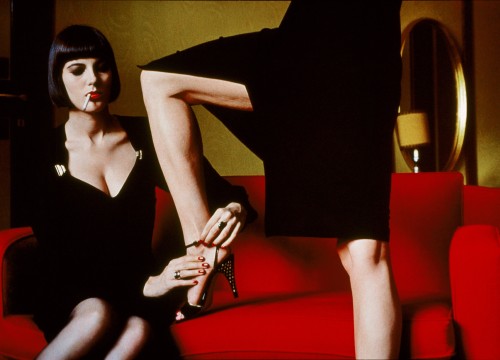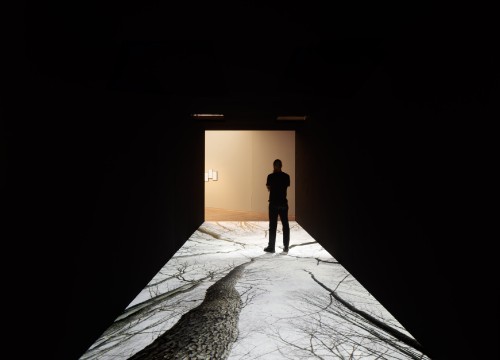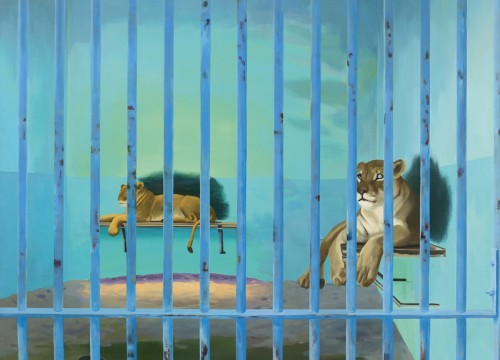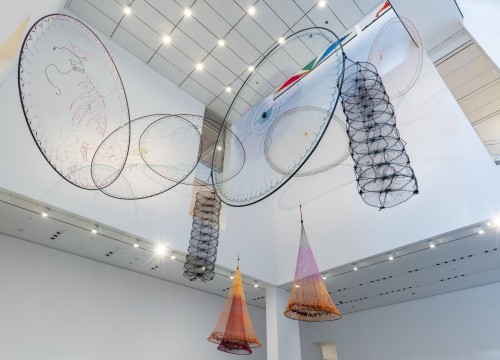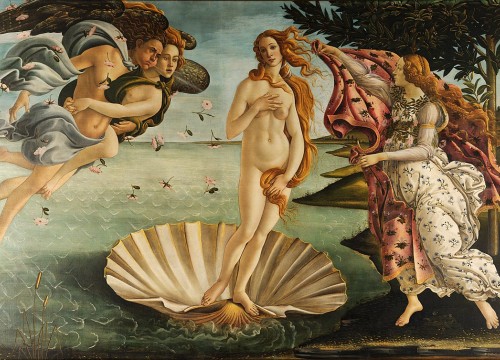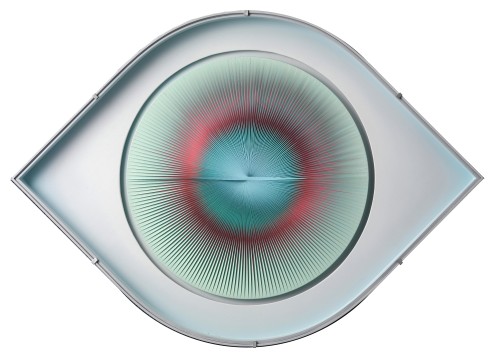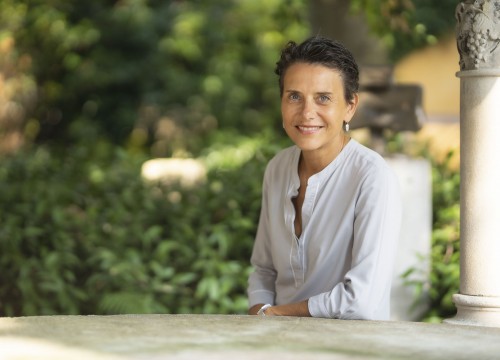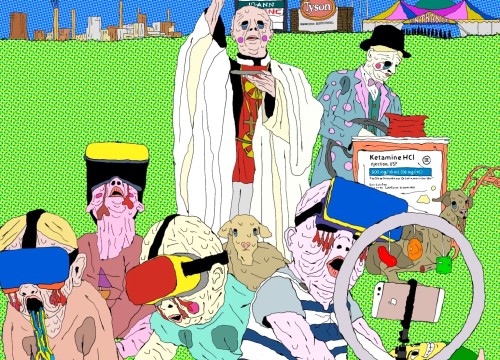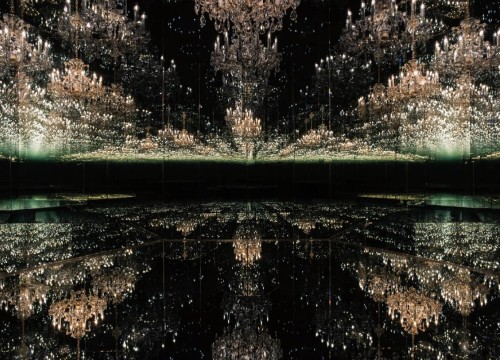Meeting Riccardo Guarneri
The lightness of his images gives moments of immeasurable interpretative sweetness
"My intent is to suggest emotions of delicate harmony
The pictorial path of Riccardo Guarneri, directed towards a palpable lightness of the image, is a gift to be shared because of its colloquial immediacy: it conquers the soul even before being looked at and takes possession of the imaginary inducing it to model a personal landscape. He has a seed that gives fruits of immeasurable interpretative sweetness. For this reason we have asked the artist to explain his creative process. My intent is to suggest emotions of delicate harmony that can conquer the observer. Therefore I do not use a strong sign of expressionist memory, but I rely rather on the charm of perception.
Is there any artist of the past or present who has favored this research? Turner comes to mind.
Turner influenced Impressionism and also a certain 20th century. And I certainly carry within me, perhaps unconsciously, certain pictorial “illuminations” of his. In my case, it has rather affected a period of my youth dedicated to music which I later abandoned in favor of painting, but which has remained in my soul like food that still accompanies and nourishes me today. My paintings are also stimulated by that distant experience. Even certain titles manifest an obvious reference to music.
How are your works born? How do you overcome the initial problem with the blank canvas or a blank page?
For me, the choice of doing something is already an inwardly positive point. Sometimes all it takes is a pretext, an impulse to promote the first gesture, to give life to a transparency.
In what way or for what reason did the transition to transparency occur?
In the 60s my painting confronted itself with that promoted by the textures of Pyro Durazno and the graphics of Gastonia Novella and Cy Tomboy. Observing one of my paintings exhibited at Palazzo Pretorio together with works made by some members of Gruppo Uno in Rome and Tempo Tre, I agreed that I had to look for something different. From that occasion, my new path began.
How is this research of yours evolving now?
For some time now, I have been elaborating works that call into question my somewhat lopsided “squares.” I’m trying to nurture an escape route: the quadrangle manifests a beginning but not an end since its image fades into nothingness, it recedes from the view. Therefore, a wider space that is reflected in a more mysterious, evanescent way.
"In my unbalanced squares, the image, fading into nothingness, becomes more mysterious and evanescent"
In this case, you offer the observer greater possibilities of interpretation.
That is precisely my desire, my intention.
Do you have any important exhibitions scheduled?
An event that gives me great satisfaction has finally materialized. In 2017, on the occasion of my participation at the Venice Biennale, negotiations had been initiated with the Centre Pompidou for the acquisition of some of my works. Unfortunately, the pandemic prevented this from becoming a real thing. Now, finally, two of my historical canvases of the ‘70s and two recent paintings of mine have joined the collection of that prestigious contemporary art museum. Moving away to the center of 2019 is one of the titles that landed at the Pompidou: it is four squares that vanish into the focal point of the encounter and refer us to his intention to provide the observer a further reason for dreaming, for sweet bewilderment. And it is important that the Pompidou appreciates and welcomes the new impulse of Riccardo Guarneri’s inexhaustible, poetic creativity

